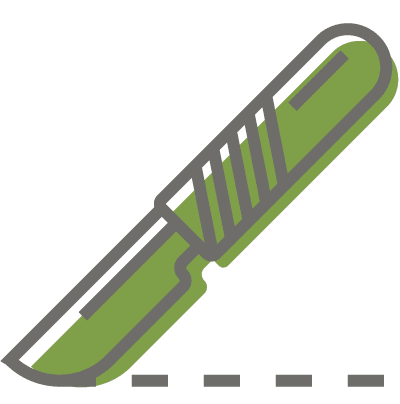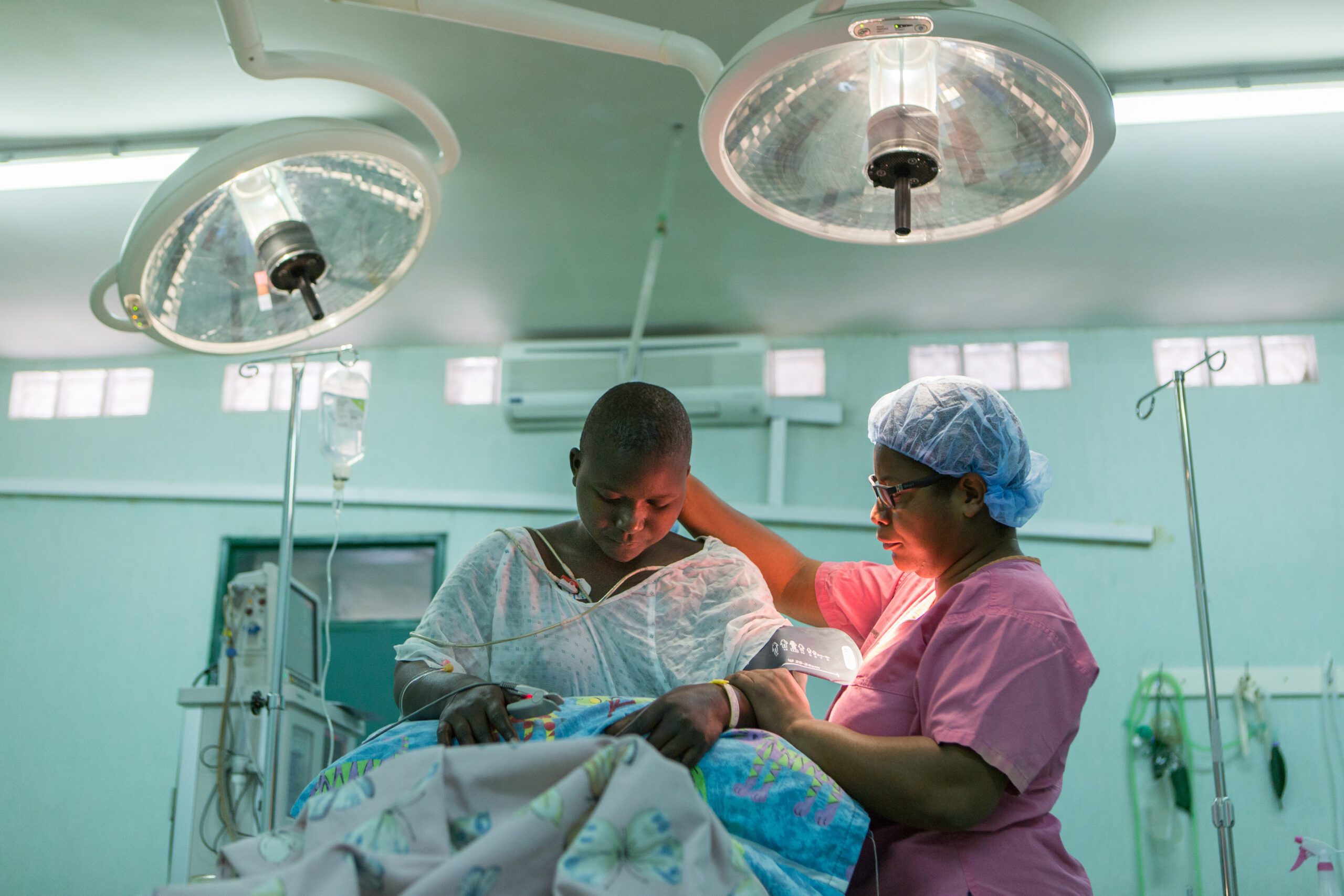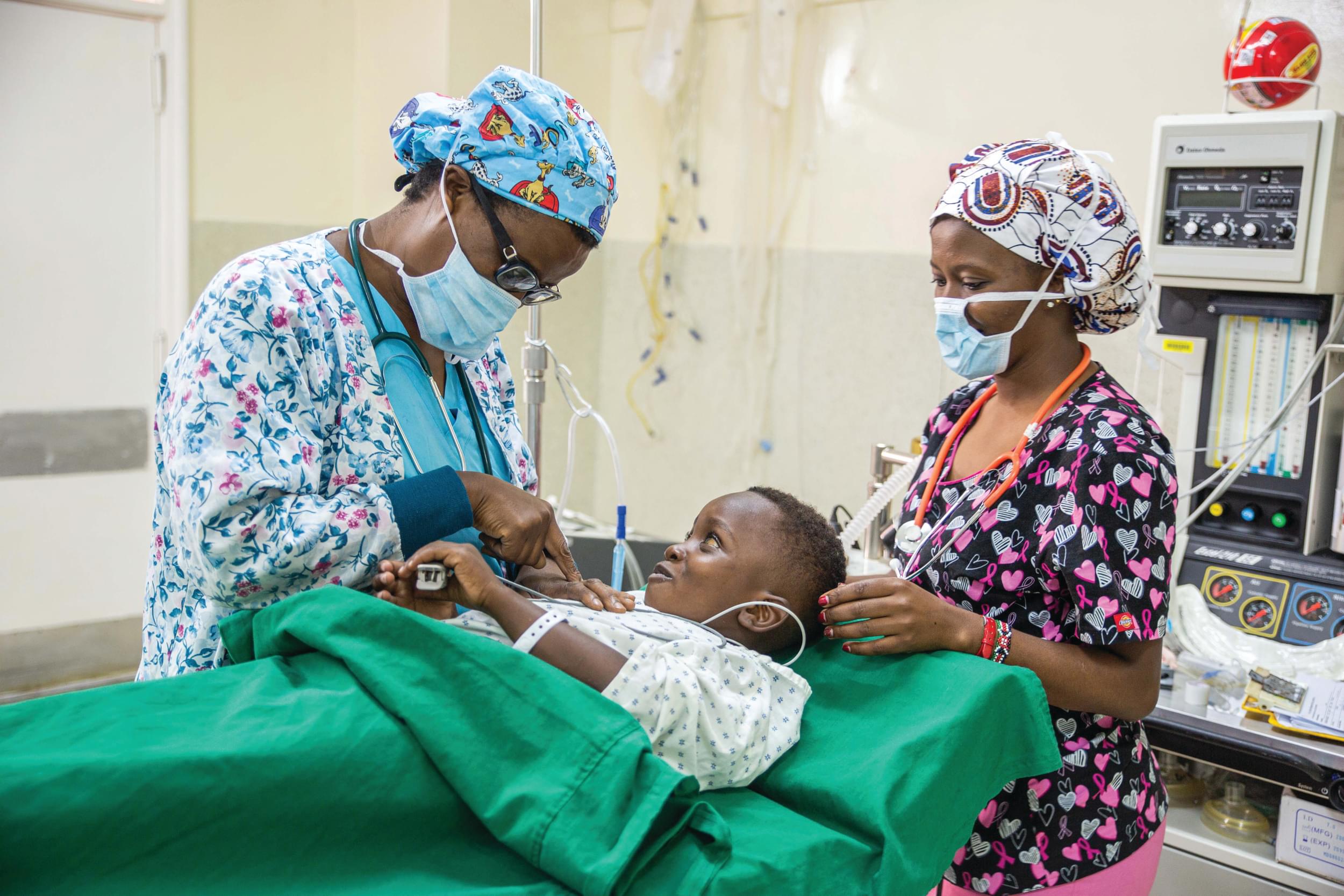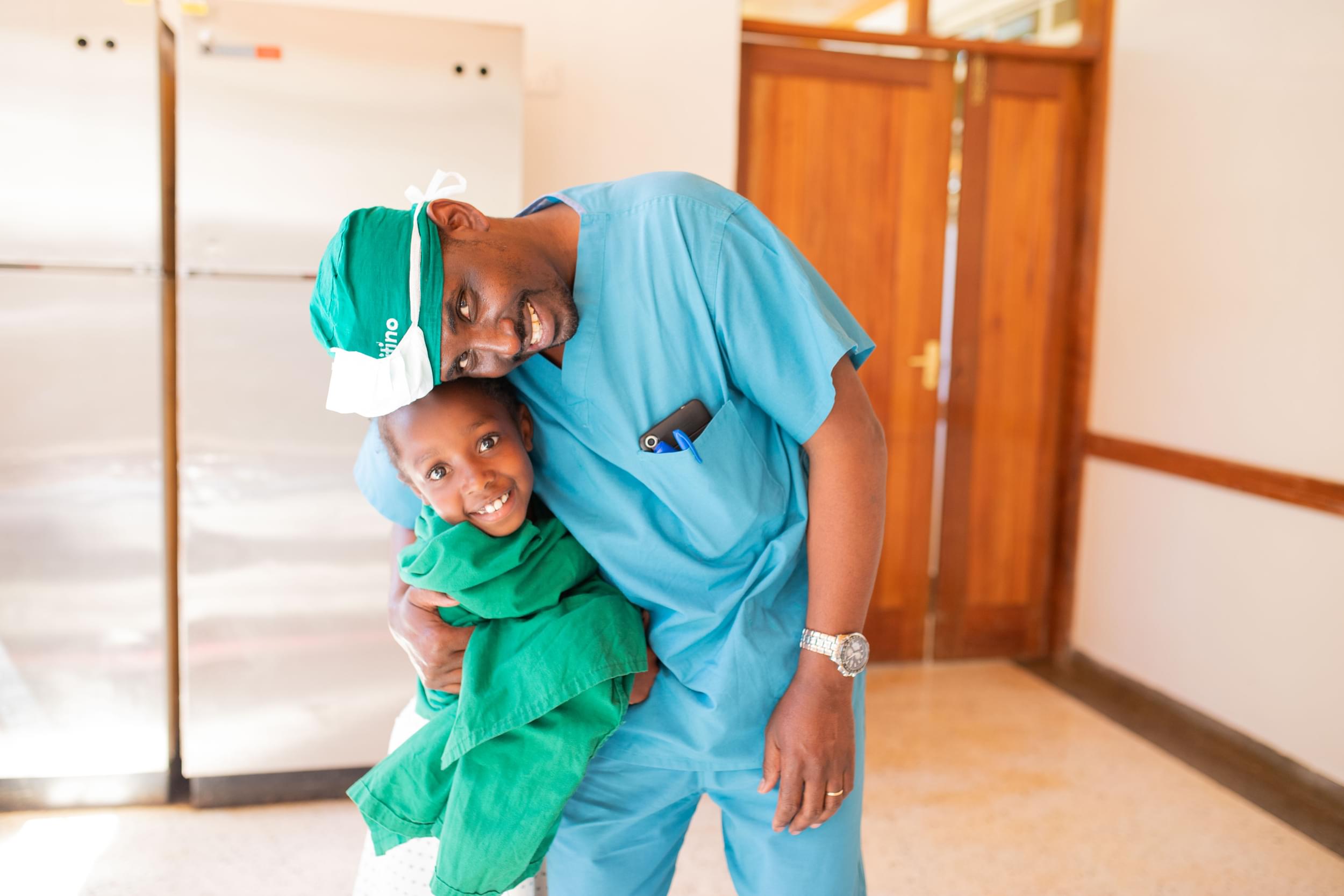Labio-palatal clefts: epidemiological, clinical, therapeutic, and progressive profiles: about 285 cases in Niger
Abstract: To describe the clinical presentation, surgical management and outcome of labio-palatal clefts (LBF) in Niger.
This was a cross-sectional descriptive retrospective study that was carried out from January 1, 2011, to January 31, 2013. Patients were recruited in the odonto-stomatology department of the Niamey National Hospital and in the pediatric ward of the Niamey Children’s Cure Hospital. Our study parameters were as follows: gender, age, clinical features, management and outcome.
Out of 2333 patients who consulted during the study period, 285 (0.12%) with cleft lip and palate were recruited. There were 160 male (56.10%) and 125 female (43.85%). Their mean age was 8.13 years (range: 6 – 47 years). The age group of 6 to 10 years was the most represented with 136 patients (47.70%). There were complete forms 166 patients (58.24%). Sucking and phonation disorders were the main complaints associated with the malformation. Surgery was the sole treatment option, using cheiloplasty and palatoplasty. For 112 patients (41.20%), we used the surgical technique of Millard. The immediate and late aftermath of surgery was simple.
Labio-palatal clefts are more common in boys than in girls. The mean age at consultation is 8 years. Sucking and phonation disorders are the main complaints associated with the malformation. Despite the late definitive management, the aftermath of surgery is simple and the overall prognosis is good.






















